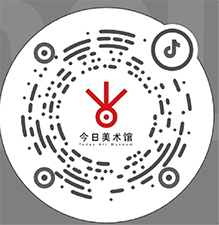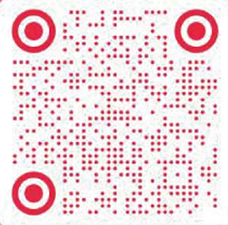Reset of the creative system
One of the greatest problems that we face as a globalised society is the paradigm change that has taken place in how we carry out our commercial activities. This change encompasses creation and production, distribution and even the consumption and communication of everything that surrounds us.
Nowadays our activities are carried out differently from how they used to be done a few years ago, and designers have been the first to understand the new rules of the game, by reinventing themselves as professionals in order to invest in their personal projects and make their own way. That is how countless small manufacturers have arisen in recent years, led by designers who are searching for a new way to design and market their products.
These small companies form part of new creative industries, which range from furniture, lighting and toys to clothes, jewellery, footwear and even digital magazines, video games and applications. Every day we see how new creative people find a different way to develop their ideas through desktop publishing, and how they use new media to quickly disseminate their business models around the world.
To show these new work models, we have organised Reset Design, an exhibition made up of ten manufacturers of products for the home that have been founded in Spain in recent years. This heterogeneous group of designers and entrepreneurs have created their own companies in order to develop, produce and market their projects. As a common denominator for all of them, we can see their constant effort to adapt their business model to market needs and to provide solutions to the increasingly complex problems of society. All of them have a global vision of their business project and understand that exporting is the way to grow and that social networks are the medium to disseminate their work.
They are part of a global phenomenon that is occurring simultaneously, with varying degrees of intensity, around the world; it is built on a framework of alliances between designers, craftspeople and small workshops that come together to produce limited editions with high-quality finishes, an alternative to mass-produced consumer goods and a clear response to public needs. This system has several advantages: it generates sources of employment in the local area, it requires low levels of financial investment, it is very flexible in adapting to demand and makes it possible to experiment with new materials and formal languages, closer to a new craftsmanship than to an industrial product. In short, they give greater vitality and authenticity. This is a movement that has become established and is now leading to a new design culture, which we have defined as post-craftsmanship.
In contrast, as consumers we are faced with a market that is saturated and homogenised by big brands, and that is why the product ranges of these small companies have been supported by the public; because we need to differentiate ourselves through products that are more sensitive, more environmentally friendly and that also create jobs in our social environment.
One consequence of the product supply created by the manufacturers of post-craftsmanship products is the exponential increase in events around the world, such as Design Week, which are new meeting points for designers and consumers. The public also demand new spaces where the whole creative range being developed in their towns and cities can be concentrated, in order to find out more about the designers and their new creations. Designers also need to take the pulse of their potential customers, contact the press and create alliances with other manufacturers. These events are also politically useful for the cities that organise them, as they position and improve their image as they become connected with creative industries, give greater visibility to design and innovation, as well as supporting young entrepreneurs. In other words, they benefit everyone: the public, manufacturers and politicians.
Conclusion
As a conclusion we can state that the manufacturers of post-craftsmanship products:
1. Promote the creation of companies by using new work models, and are an alternative way of working for many designers.
2. They are based on four basic pillars: design, production, communication and marketing, managed by the designers themselves.
3. They are an alternative to high production, offering high-quality products that are differentiated and competitive, with excellent value for money.
4. They promote local production over relocation, using workers, materials and suppliers from the local area.
5. They form part of the new creative economy and are governed by the laws of supply and demand of the market.
6. They respond directly to consumers’ needs and to market trends, meaning that they reflect a design culture.
7. They include new distribution models that bring producers and consumers closer together, meaning that the public retail price of their products is lowered.
8. They promote themselves on social networks, in digital media and by using their own web sites, thereby reducing advertising costs.
9. They take part in the largest trade fairs in the world, create their own events and improve the economy of the area.
10. They encourage teaching centres to update their programmes, by adding new academic courses focused on training designers and entrepreneurs.
Like the legendary beings of ancient times, these young professionals – half entrepreneur, half creative designers – are also a seismograph that records the subtlest changes in design culture, champions of the post-craftsmanship movement and a clear reflection of the changes that Spanish society is experiencing, which is re-evaluating the quality of crafted products, the magic of limited editions and returning the soul to objects. Because now is the time to surround ourselves with new products that are sensitive, responsible and high-quality.
Marcelo Leslabay
Curator of the exhibition











